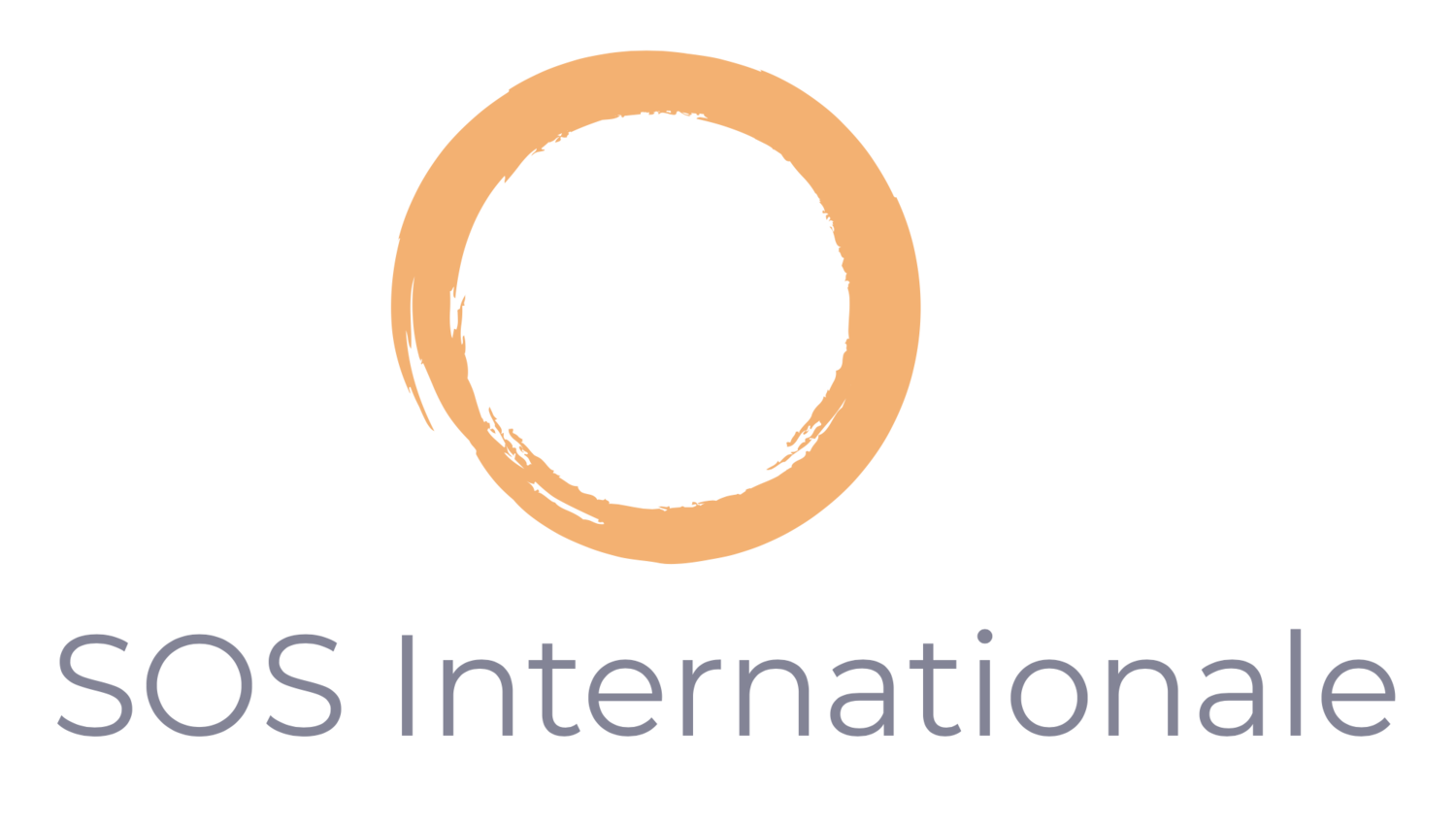The Curriculum
The SE training runs over three years. In each training year there are two 6-day modules providing a total of 72 training hours a year.
Beginning – Year 1:
Develop foundational knowledge and skills in the SE biophysiological model for the resolution of trauma.
Understand the physiology of traumatic stress and its effect on the autonomic nervous system (ANS)
Practice the fundamental SE method of tracking sensation to access responses in the ANS.
Study titration and establishing continuity through the felt sense.
Learn the neurophysiology of each aspect of the threat response: defensive orientation, fight/flight/freeze, deactivation and completion, and exploratory orienting.
Develop skills in working with the SE model of tracking sensation to support completion of the threat-response cycle and incomplete survival responses.
Learn how to “titrate” (modulate) the SE trauma-renegotiation process to ensure healthy integration of experience.
Begin to explore and integrate Porges’ Polyvagal Theory of ANS function.
Understand the SE model of SIBAM (Sensation, Image, Behavior, Affect, Meaning) and its significance in trauma.
Explore coupling dynamics—the over- and under-association of the elements of SIBAM and elements of physiological responses to traumatically-stressing experiences.
Self-regulation – be able to identify, normalize, and stabilize traumatic reactions.
Attain skills to avoid the pitfalls of re-traumatisation.
Support clients in re-establishing and maintaining healthy boundaries.
Learn to identify, normalise, and stabilise traumatic reactions.
Acquire brief intervention skills that provide long-term solutions to acute and chronic symptoms of trauma.
Explore the integration of SE into ongoing professional practice.
Explore the appropriate use of touch in the context of SE.
Intermediate - Year 2
Learn about the different categories of trauma as addressed in the SE model. Learn the primary characteristics and hallmarks of each category of trauma, as well as specific approaches and interventions for working with each category effectively. The knowledge may be applied to many other traumatic or high stress experiences.
Global High Intensity Activation: pre- and peri-natal trauma, early trauma, anesthesia, suffocation, choking, drowning.
High Impact/Failure of Physical Defense: falls, high impact accidents, head injury, motor vehicle accidents and other high impact accidents.
Inescapable Attack: assault, animal attack, rape or sexual abuse, inhibited escape.
Physical Injury: surgery, anaesthesia, burns, poisoning, injury due to accidents or attack.
Natural and Man-Made Disasters: earthquakes, fires, tornadoes, floods, war, terrorism.
Horror: seeing an accident, witnessing abuse or causing harm to another.
Torture and Ritual Abuse: war torture, concentration camp.
Emotional Trauma: severe neglect, abandonment and loss, ongoing abuse.
Advanced - Year 3
Further integrate and deepen your understanding of SE theory and practice while developing a greater capacity for resonance with the client. Learn to work with complex trauma and syndromes (IBS, fibromyalgia, chronic fatigue). Expand on the use of touch in SE practice.
Learn about the importance of stabilization when working with complex trauma.
Explore the SE concept of “coherence” in working with complex trauma.
Refine touch skills for supporting containment and coherence.
Learn about the inter-relationship between dysregulation of the ANS and the SE model of syndromes (non-reciprocal relationship between the sympathetic and parasympathetic nervous systems)
Develop a deeper understanding of the Polyvagal Theory as it relates to working with syndromes.
Refine the necessary SE skills of “titration” and “pendulation” when working with highly sensitive and syndromal clients.
Learn the SE model for working with the eyes.
Develop SE touch-based skills for working with different categories of trauma.
Understand how SE uses joints, body diaphragms, and the viscera to access ANS responses and to support completion of incomplete survival responses.
Explore scope-of-practice issues relating to the integration of SE and SE touch into professional practice.
